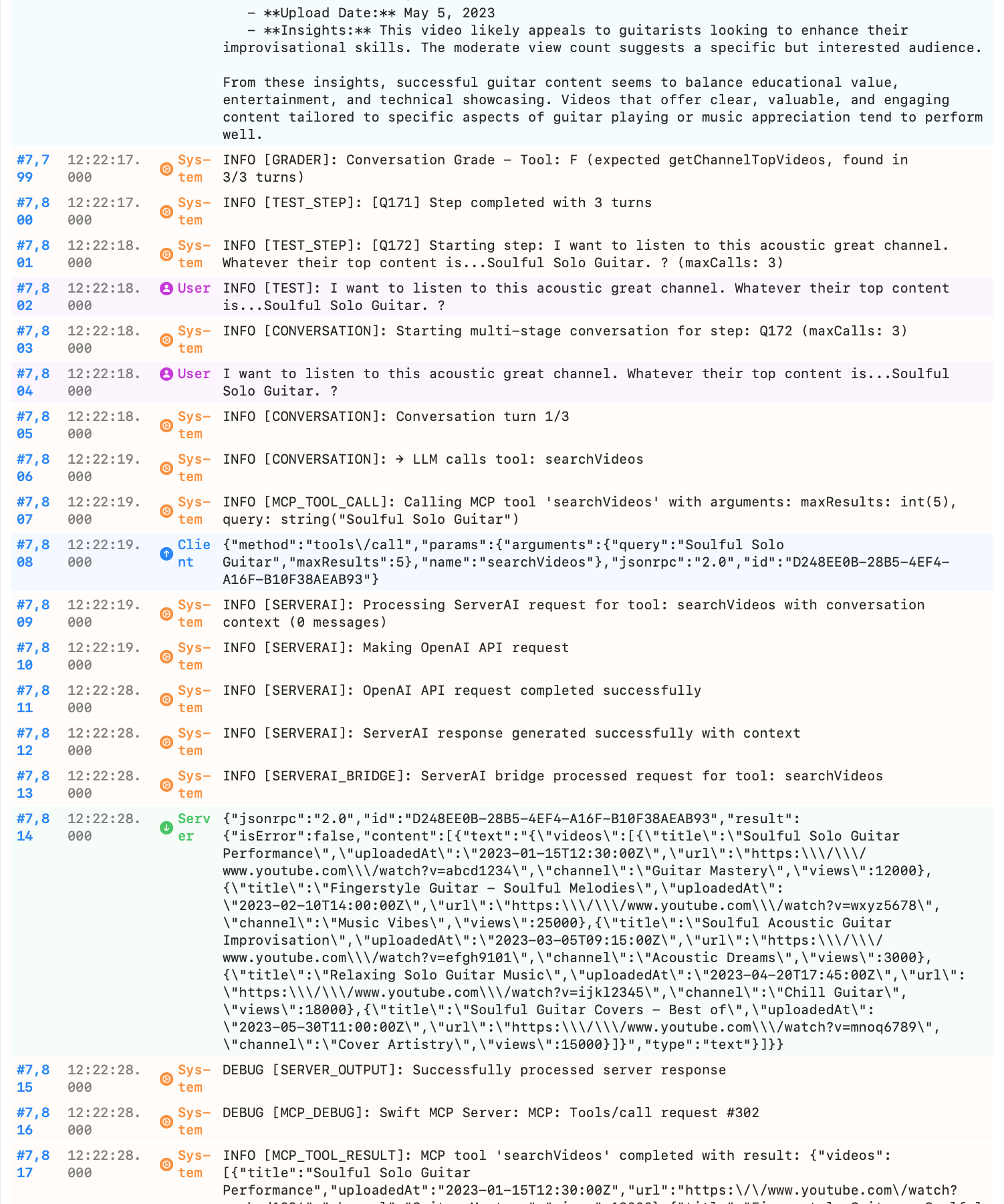A manifest is the configuration file that tells clients like Claude what an MCP server can do. It declares the tools, resources, and prompts the server offers, plus some basic metadata like its name, version, and description. In short, it’s how an MCP server introduces itself and explains how to talk to it.
Until now, you wouldn’t have seen one because clients had to actually connect to a server before discovering its capabilities. That’s changing with the November 2025 spec update, which introduces .well-known URL discovery. This is a big deal. It means MCP servers will be able to publish their manifest in a predictable public location—like how websites use sitemap.xml—so tools, registries, and even search engines for MCP can index what’s out there without needing a live connection.
That shift makes the manifest more than just internal config. It becomes the public face of an MCP server—the thing that lets the ecosystem browse, catalog, and connect everything together.
If you’ve never heard of manifests before, that’s normal. They’ve been working quietly in the background. But the new .well-known requirement is about to make them front and center in how AI systems discover and connect across the MCP network.







